
An EV battery is typically made up of thousands of rechargeable lithium-ion cells connected together to form the battery pack. Lithium-ion cells are the most popular because of their cost efficiency, offering the most optimal trade-off between energy storage capacity and price.
An EV battery is typically made up of thousands of rechargeable lithium-ion cells connected together to form the battery pack. Lithium-ion cells are the most popular because of their cost efficiency, offering the most optimal trade-off between energy storage capacity and price.
The rise of electric mobility and EV battery production
With the continuous rise of electric mobility, the demand for electric vehicles (EVs), and in turn, EV batteries, is surging. This raises the question of how battery makers can meet this increasing demand, and what materials are even needed to produce an EV battery?
In this article, we explore in-depth the materials used for EV batteries and the process of manufacturing them. We’ll also shed light on who the leading EV battery manufacturers are and what the growing supply and demand gap means for the future of EV batteries.

What are EV batteries made of?
EV batteries come – quite literally – in many different shapes and sizes. From the form of the cells to their chemistry, EV manufacturers have a number of battery options. Before diving into the materials that batteries are made of, it’s first important to understand the different types of physical cell structures.

The different types of EV battery cells
There are three basic types of battery cells used in electric vehicles: cylindrical cells, prismatic cells, and pouch cells. Coin cells also exist, although these are currently restricted to research and development for testing purposes and haven’t been used in EVs commercially.
1. Cylindrical cells
Perhaps the most commonly used format, cylindrical cells are, like the name implies, self-contained in a cylindrical casing that gives them resistance against mechanical shocks – very similar to your typical household AA or AAA alkaline batteries.
Because of how long this format has been used, cylindrical cells are the most cost-efficient and easy to manufacture. That said, cylindrical cells can be somewhat limited in their power output, which is why EVs with smaller batteries often use prismatic or pouch cells.
2. Prismatic cells
Unlike cylindrical cells, which are fairly small (about the size of a AA battery), prismatic cells can be up to 20 to 100 times larger. Because they use less material for the casing, prismatic cells can store more energy and deliver higher power, while also managing heat better than cylindrical cells.
While less popular than cylindrical cells, their use has been steadily growing and they may take over a large share of the market in the coming years.
3. Pouch cells
As their name suggests, pouch cells are encased in a soft plastic casing, making them very efficient in terms of space usage. That said, their fragile casing means they usually require additional protection to prevent mechanical damage to the cells.
What materials are most popular to use for EV batteries?
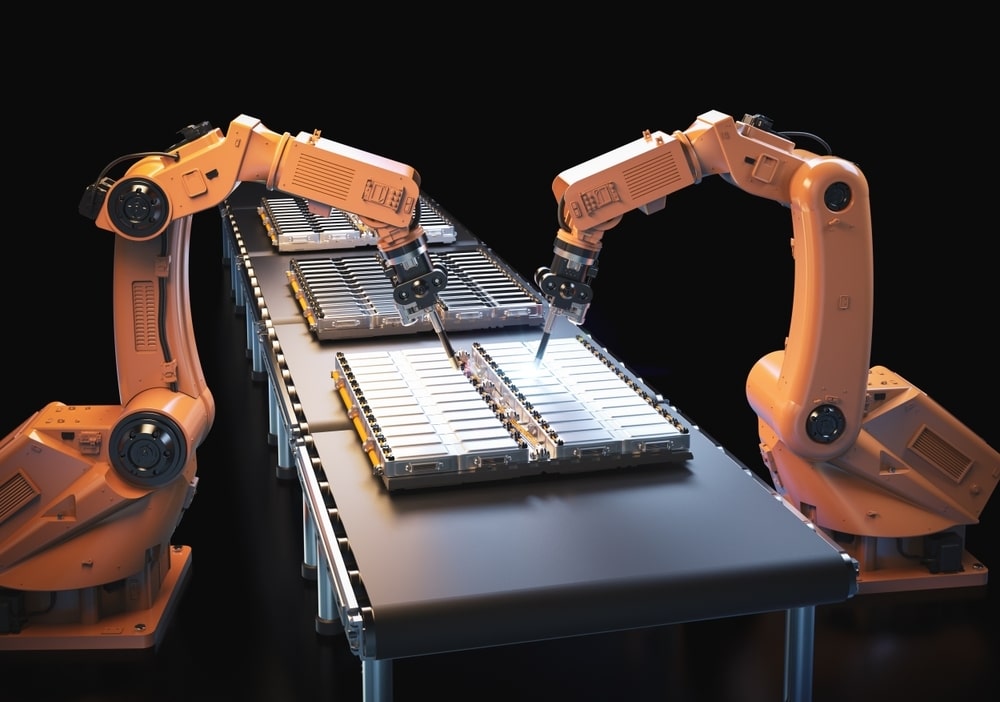
Beyond their format, EV battery cells also vary according to their chemistry, in other words, the materials they decide to use to store electricity.
While lithium-ion (Li-ion) tends to be the most broadly used thanks to its relatively low cost and ability to store high energy, there are other popular battery chemistries.
Nickel manganese cobalt (NMC) and nickel metal hydride (Ni-MH) were popular in the early days of electric vehicles thanks to their affordable cost, long life, and relatively high capacity. Older hybrids, like the Toyota Prius and RAV4, commonly used NMC or Ni-MH batteries.
One of the oldest types of batteries used in cars are lead-acid cells. Decades before they were even used in EVs, lead-acid batteries were – and still are – used in petrol-powered vehicles to power their ignition.
Unlike most other EV battery types, lead-acid cells can be readily repaired and replaced by car mechanics and generally require very low maintenance. That said, they can’t store nearly as much energy as other cell types, making them impractical for powering larger EVs.
What are Lithium-ion batteries made of?
It’s no surprise that lithium-ion batteries contain lithium. But have you ever wondered what other materials are needed to make a Li-ion battery?
Creating a lithium-ion battery requires many layers. Like other batteries, li-ion batteries have a positively charged cathode, a negatively charged anode, and an electrolyte that separates them. The cathode is typically made from a mix of lithium, nickel, cobalt, and manganese, while the anode is most commonly made using graphite.
Finally, the individual cells are enclosed in an aluminium or steel casing that holds the battery pack together and protects it against mechanical damage.

What are the components needed for the battery?
Beyond the raw materials that make up its cells, an EV battery needs many more hardware and software components to make it functional. Let’s have a look at an EV battery’s main features.
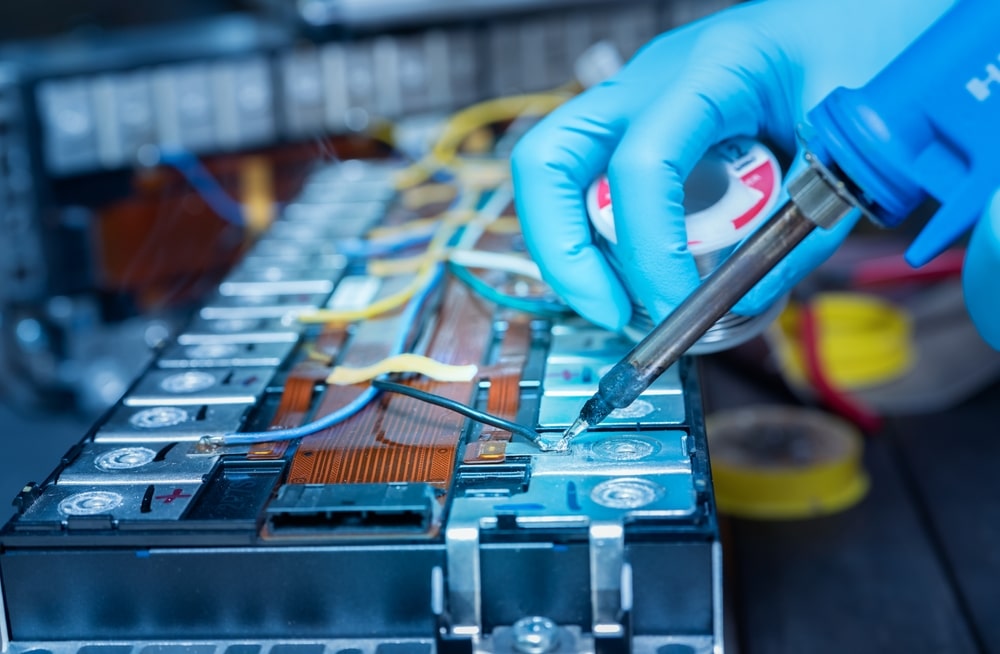
Battery Module Array
The battery module array is the technical term that refers to the power-storing components of the battery. This includes the cells mentioned previously, which are grouped into modules, each containing a specific number of cells wired together. These modules are then connected to form the final, full-sized battery pack (what most people commonly refer to when they say EV battery).
Battery Management System
An EV’s battery management system (BMS) is perhaps the most fundamental part of its battery. The BMS controls every aspect of the battery and ensures it performs optimally. For instance, it will monitor and regulate each cell’s charge level, decide which cells to charge or discharge, and keep track of the battery pack’s temperature.
If any aspect of the battery’s operation gets outside of normal values, the BMS can automatically adjust energy use to protect the battery pack and, if needed, alert the driver.
Battery Electrical System
The battery electrical system refers to all the wiring, connections, fuses, and other electrical components needed to operate an EV battery. It is designed to withstand high voltages and is usually integrated with the battery management system to efficiently manage each cell.
Battery Cooling System
Just as your phone or laptop’s battery gets hot with use, so do EV batteries. Because of their scale, electric car batteries can produce a lot of heat that needs to be dissipated – this is the responsibility of the battery cooling system. Typically, this consists of a sealed coolant that can carry the heat away from battery cells and dissipate it in the air.
Battery Protection Case
Lastly, the battery needs a physical structure to hold all of its components together. This is the role of the battery protection case. While its function may be simple, its design must ensure that it is airtight, waterproof, flame-retardant, and resistant to various shocks and vibrations, making its engineering much more complex than it appears.
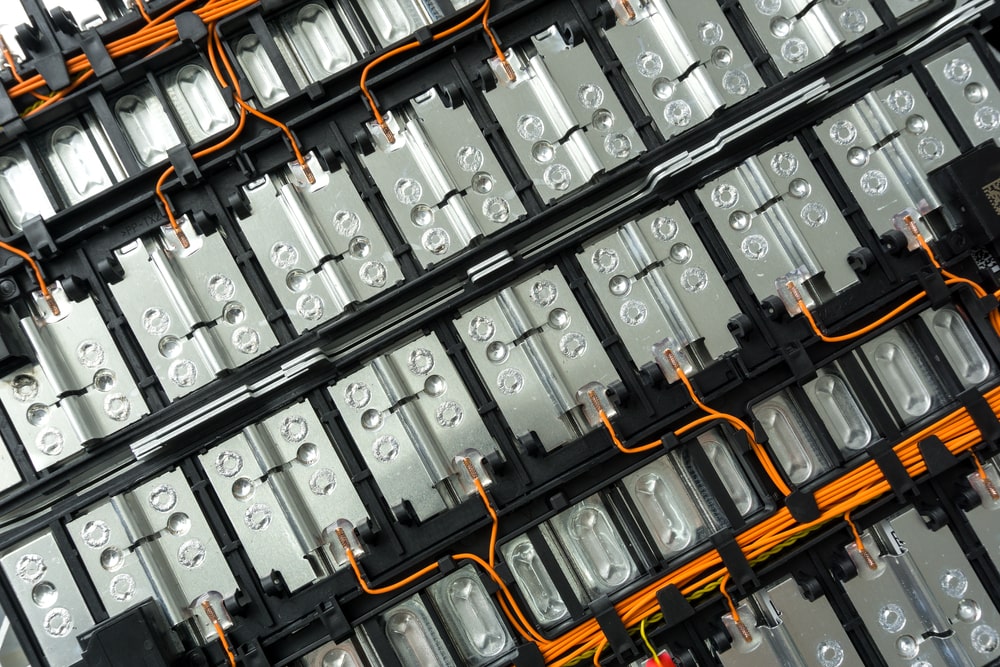
Who manufactures them?
Because EV battery production is such a resource- and capital-intensive activity, most of the world’s battery production is concentrated within a few companies’ hands.
The leading EV battery manufacturer in the world is CATL (Contemporary Amperex Technology Co. Limited), a Chinese company with around 34% of the total EV battery market share. This is unsurprising given that China holds 70% of the production capacity for cathodes and 85% for anodes and that more than half of the raw minerals used for making an EV battery also come from China.
The second largest manufacturer is LG Energy Solution, which holds 14% of the market share. Recently, they announced a partnership with Honda to invest $4.4 billion to build an EV battery manufacturing plant in the US, expected to start production around 2025.
The world’s third manufacturer is BYD, a Chinese company with a 12% market share. Unlike many of its competitors, BYD is also an EV manufacturer, meaning it can satisfy the majority of its own needs for batteries and EV systems.
The US, Japan, and Korea make up the remainder of the EV battery market, respectively accounting for 7, 11, and 14 percent of the world’s EV battery production.
It’s clear from the above that China is the dominant player in EV battery manufacturing. The UK's attempts at creating a domestic production site for EV batteries fell through earlier this year after Britishvolt entered administration. The cause of this was attributed to a knowledge gap in experience and technology with competing international firms. China will likely remain the leading supplier of EV batteries until at least 2030.
Supply and demand gap
Driven by the explosive growth of electric mobility, EV manufacturers are facing some challenges in sourcing the necessary raw materials for making an EV, especially batteries.
Since the beginning of 2020, the automotive sector has had to contend with ongoing shortages of computer chips, which continue to impact the prices and cost of making an EV. On top of existing lithium shortages, another shortage of minerals, this time, graphite, is looming ahead.

Graphite is the main component of an EV battery’s anode, and shortages could increase the price of producing EV batteries even more.
The future of EV batteries
With news of shortages and price increases left, right and centre, you might understandably wonder what the future of EV batteries looks like.
For the UK, there is hope for a future of domestic EV battery production after Recharge Industries bought Britishvolt out of administration in February. However, with plans to focus on producing batteries for high performance sport cars, the battery for a standard car that you and I would drive is likely to still rely on production overseas.
Beyond mining for more raw materials, one promising avenue is EV battery recycling, which recovers many of the minerals from old batteries and reuses them for new battery production. Not only can this alleviate many of the current shortages, but it also makes EV battery production much more sustainable.
Other than recycling, new research promises to improve EV battery performance, making them more efficient and, in turn, using fewer raw materials.
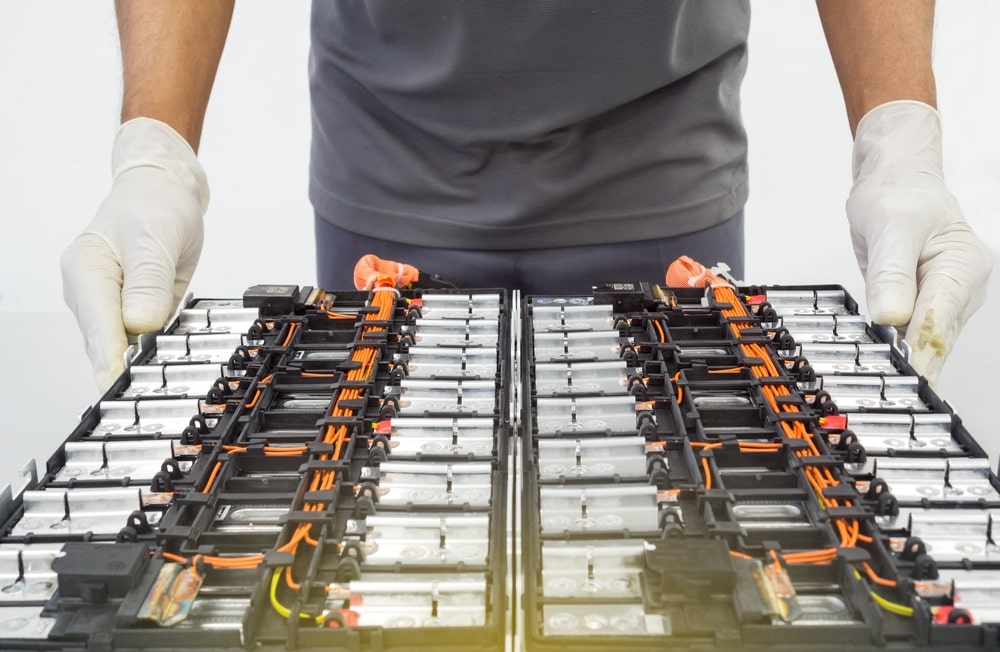
EV battery manufacturing is a complex process that uses materials in increasingly short supply and leverages expertise that few manufacturers possess. That said, advancements in battery recycling and research on more efficient batteries, combined with policy efforts to boost production across the world, should ensure EV batteries remain affordable and available for years to come.
If you’re interested to know more about EV batteries, check out our dedicated articles on how much they cost or how they can be recycled.
Related articles
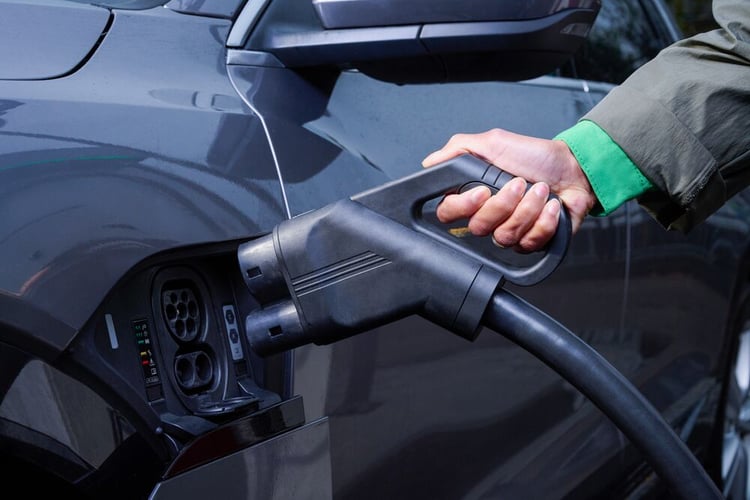
Is DC fast charging bad for your EV battery?
While there is research that shows that frequent rapid (DC) charging can somewhat degrade the battery quicker than AC...

5 things you didn't know about EV batteries
There’s little doubt that electric mobility is the future. Electric vehicle (EV) sales have skyrocketed in the past few...

Electric car battery weight explained
How much an electric vehicle (EV) battery weighs depends greatly on the vehicle and model. On average, however, EV...